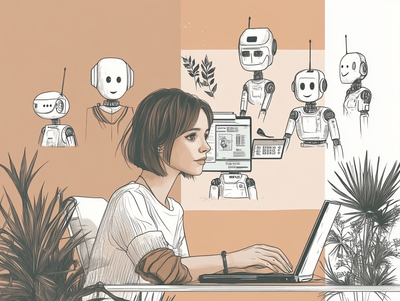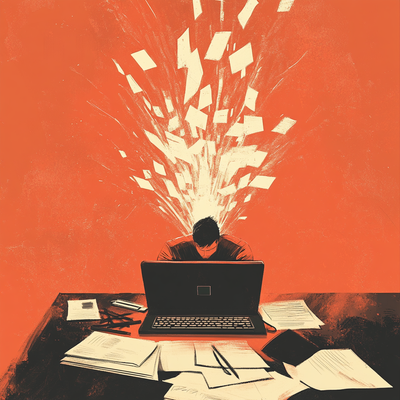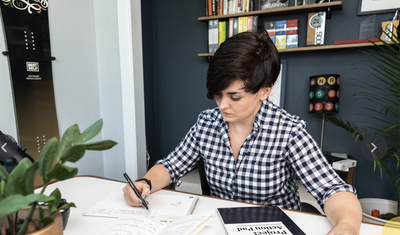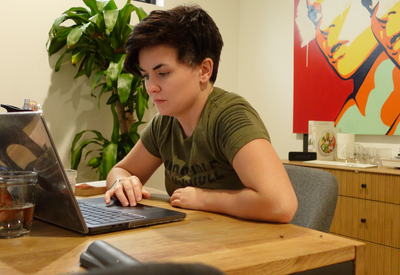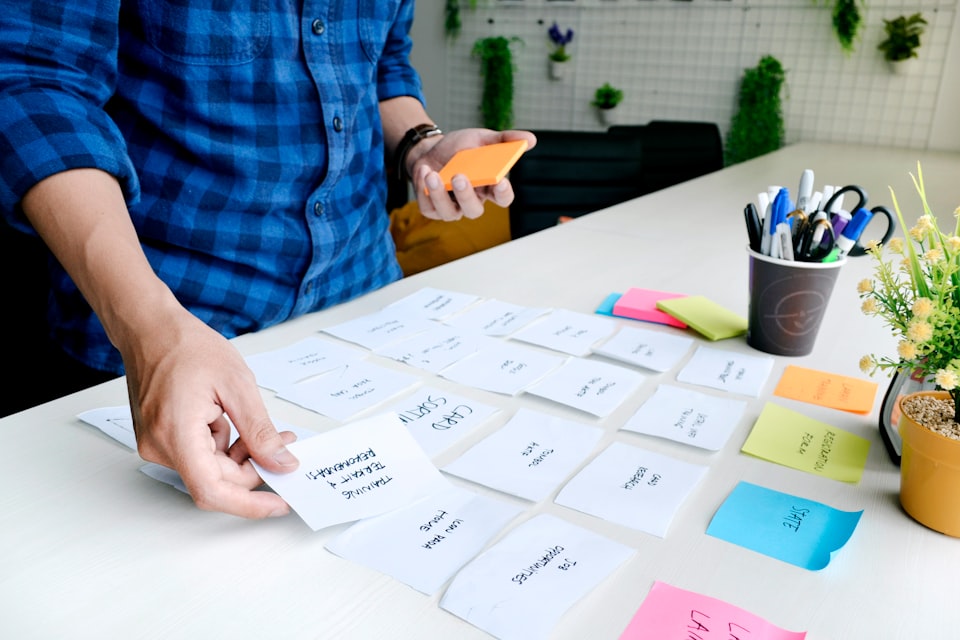
Success and economic growth lie not in good products or services but in the quality of the experience you provide.
I recently delivered a Keynote at the Convertkit Craft and Commerce conference about starting a growing global brand through crafting a Product Experience.
I believe we’re at a point in history where selling experiences have eclipsed the creation of products.
Back when I was in architecture school I did my master's thesis on experiential architecture — a study on how spaces can make you feel differently. As I’ve transitioned into entrepreneurship, I’ve found myself fascinated with how to create experiences and transformations through products. In this post I’ll be sharing the framework I use when designing an experience, — whether you sell physical products, services, or digital products, your goal should not be to only sell products — but to create an experience for your customers.
The success of any product lies not solely on usability, but in its meaning in the lives of its users.
We launched BestSelf in 2015 with a single product on Kickstarter, the SELF Journal.
Since then we’ve grown from an idea to a remote team shipping products globally, we won the Shopify Build a Business competition in 2016 and went on to win the Shopify Build a BIGGER business competition in 2017.
All of this started with us figuring out how to create an experience for our customers.
What is an Experience?
“The awareness of the psychological effects elicited by the interaction with a product, including the degree to which our senses are stimulated, the meanings and values we attach to the product, and the feelings and emotions that are elicited” – Schifferstein and Hekkert, 2008
An experience is the customer journey from beginning to end, from the physical activities to the emotions felt.
There’s a vast gap between selling a commodity and selling an experience, but the riches lie in filling this gap.

Think about Starbucks and how they took a commodity like coffee and created an experience around it.
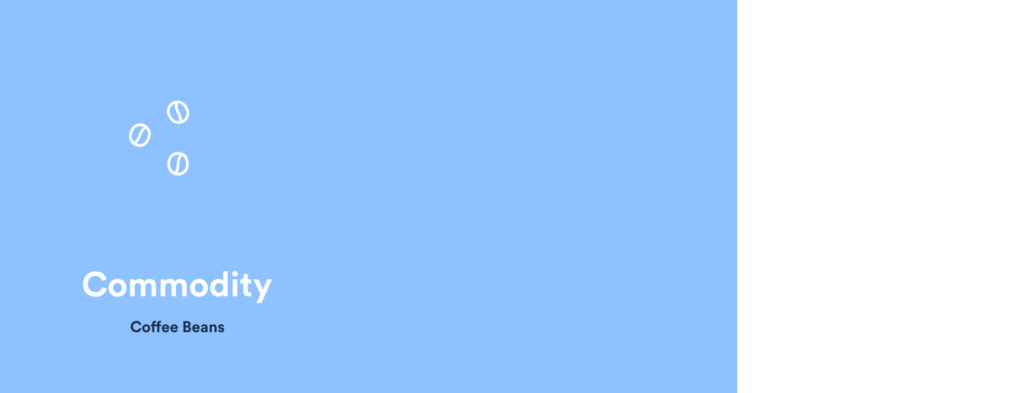
When Howard Schultz created Starbucks, his goal was to create a unique experience to separate themselves from other coffee shops.
It was to be the third place, between home and work. A place that provides comfortable chairs, chill music, the internet — and coffee.
From the beginning he wanted it to feel like a continental coffeehouse.
When places like Dunkin Donuts used the term Small, Medium, and Large, Starbucks had Tall, Grande, and Venti as well as fancy-sounding drinks like Caffè Americano, Caffè Misto, and Macchiato.
When Starbucks made the experience feel different to us, we stopped using the prices at chains like Dunkin’ Donuts as an anchor but instead were open to the new anchor that Starbucks created.
This meant they could charge more than other places serving just coffee.
I mean think about it, how much fancier you feel ordering a grande americano than a medium coffee? For a lot of people, enough to pay an extra dollar at least.
That, to a great extent, is the genesis of how Starbucks rose to the top and distinguished itself — by creating its own experience.
55% of consumers would pay more for a better experience. – Defaqto Research, 2011
The experience economy has and will continue to change the way we design and deliver products.
Then there’s Apple…
Apple is probably one of the most famous companies for its product experience — because, for them, nothing is too small to be considered. A company where simple actions are created to include moments of delight.
(A small example would be the simple act of emptying your trash on a Mac as compared to a Windows. If you’ve done either you know it feels different.)
Then there’s the physical aspect of their products and the packaging.
You know that feeling when you purchase a new Apple product?
The unboxing experience is second to none.
In fact, many of us (me included) have a hard time disposing of the boxes afterward so our closets look a little like this:
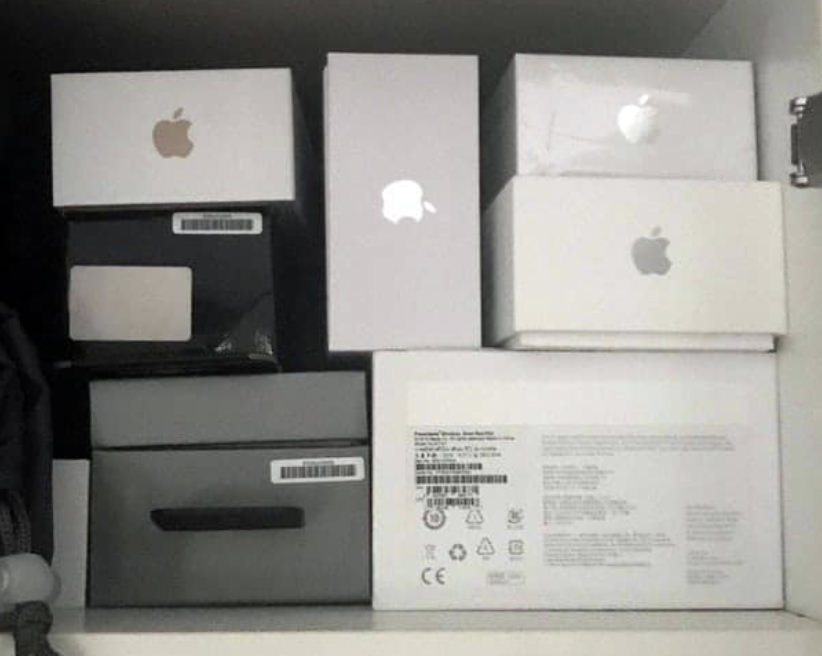
So now I know what you might be thinking, Apple sells cool products and has an almost unlimited budget which makes the experience more accessible to create.
But what about Harry’s?
They sell razors, AKA the most boring thing in the world.
Like, imagine meeting someone at a party and them saying “I work for a razor company” You’d be like cool (read: boring) and make an exit to refill your drink.
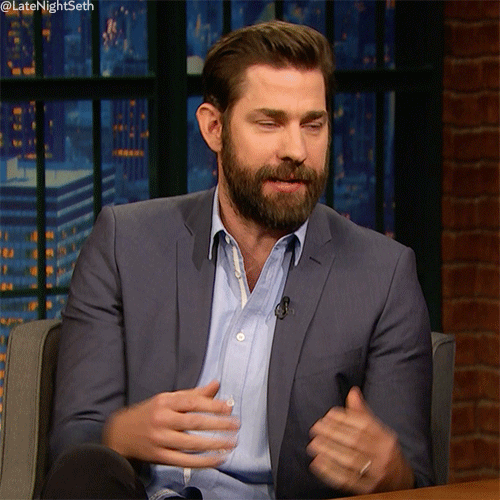
But someone says they work for Harry’s? You would probably ask a million questions about this awesome brand (maybe including how you can also get a job there.)
— this is the result of creating an experience.
…So how do we go about creating an experience?
The 3 Acts of Product Experience
Creating experience should be considered in the same way you write a play. It is a three-part act with a beginning, a middle, and an end.
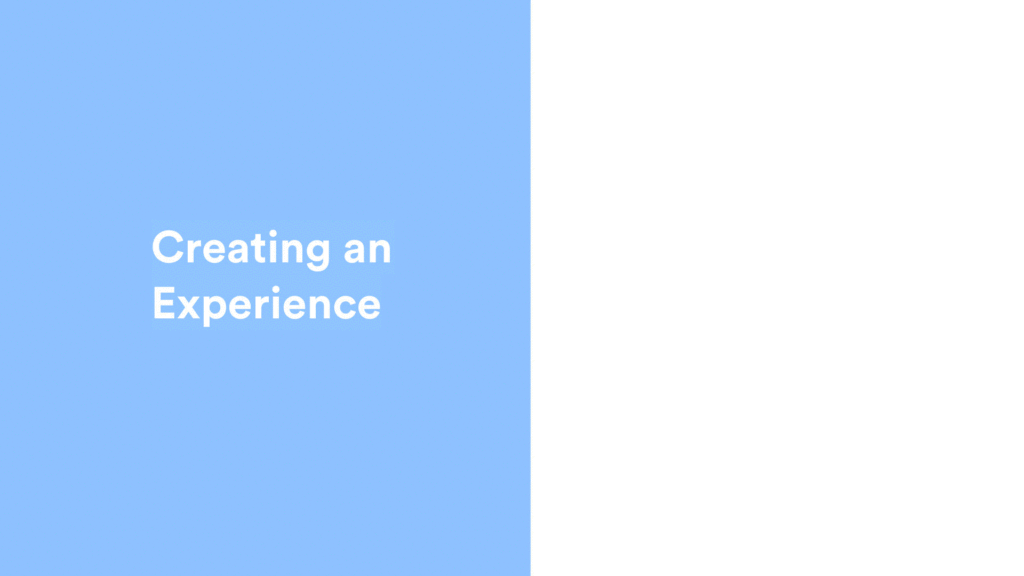
1. Beginning: Visceral
This is your immediate natural reaction to the product, the form, the design, feel, texture, and color. When you see a product or visit a website you have a visceral reaction to it, this is natural and not something you can typically control.
Examples
- The allure of color texture
- User interface design
- Website design & imagery
- Senses; how can you engage them?
2. Middle: Behavioral
This is the more cut-and-dry part, considering visceral as the form, and the behavioral as the function.
What is your physical response to it? How do you act? Do you understand it? Is it functional? Does it satisfy your needs?
Examples:
- User experience — is it clear what action should be taken?
- Ease of use — do you need a manual to turn it on?
- Support — is it needed?
3. End: Reflective
The more ‘woo woo’ area of the experience, but what really makes it unique? How did it engage your associations and memories? Did it trigger feelings of surprise, delight, and trust? Can you tell a story about it? Does it appeal to your self-image?
Examples:
- Memory of experience
- Emotional associations
- Self-expression
What we did:
When we started BestSelf Co, we knew that customer experience was key to our success so we mapped the customer journey in detail for each of these three parts. We laid out both how we wanted people to feel at each step and how to make ourselves unique.
We knew the key was not in creating something brand new, but creating an experience that felt new.
ACT I – Visceral
Positioning:
Not a day planner – a 13-week framework to achieve your goal.
As Starbucks separates itself by using grande rather than medium, we would use the term goal framework rather than day planner to create a new anchor in your mind.
We believed that people would place more importance on achieving a goal than planning their day — this would make them more invested in the outcome.
Packaging
When designing the SELF Journal, we knew we wanted to create a similar experience to Apple from the moment our product arrived at a customer's door to opening the package. Some questions we asked:
- How can we build anticipation before the SELF Journal box is opened?
- How do we create an experience to remember?
- Can we tell a story through the packaging?
Our mission was to design a beautiful box that people would keep, but we didn’t want it stored in the back of a closet somewhere gathering dust, it should still serve a purpose.
The SELF Journal chronicles your goals and serves as a physical representation of your achievements. These goals should be celebrated and put on display, which is why we designed the box the way we did.
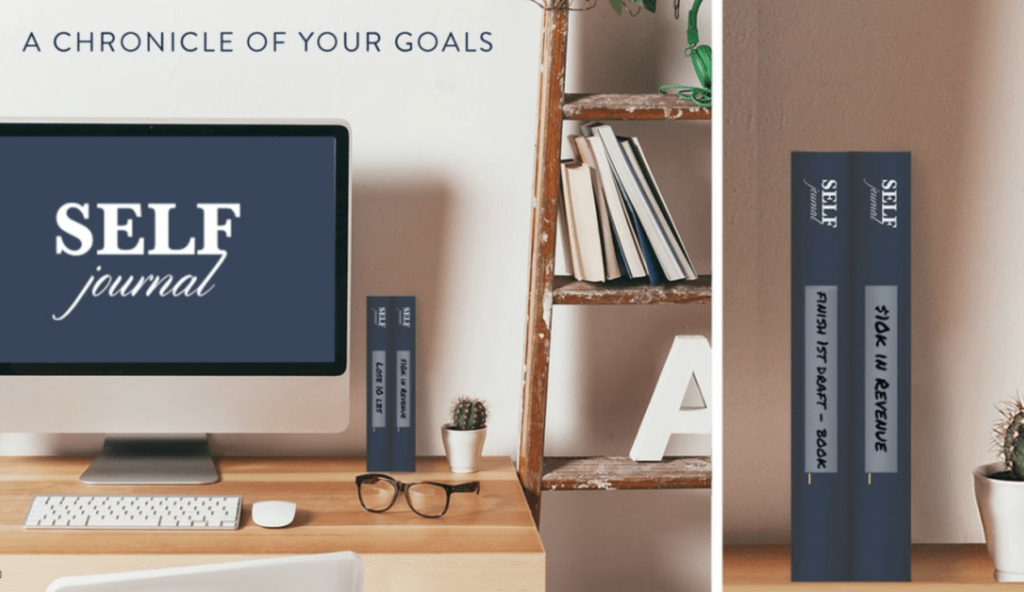
We even got down to the packaging tape on the outside box.
We didn’t have the budget for a custom box when we started; this is a great way to create a unique branded experience with a low budget.
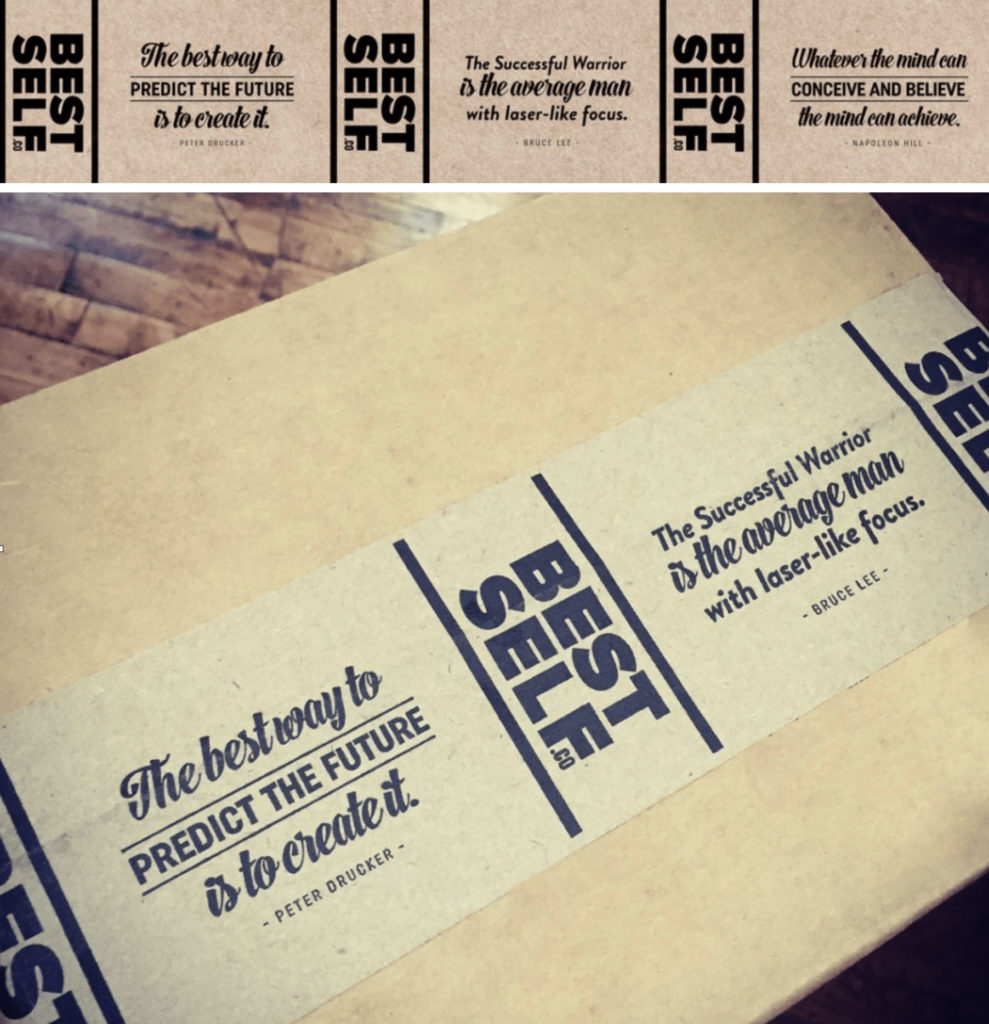
Funny story we’ve had a customer tell us they saw a box in their apartment building that someone else ordered with this tape and ended up checking up the site and buying from us.
ACT II – Behavioral
It was important to us that it was clear how to be successful with this product — it’s important to ensure your customer or client knows what success looks like.
To do this we knew that we had to create content and resources to help people find success with the tool so that they would continue to come back to us.
Some things we did:
Quickstart Guides
Created quick-start guides on how to complete a journal based on frequently asked questions we received.
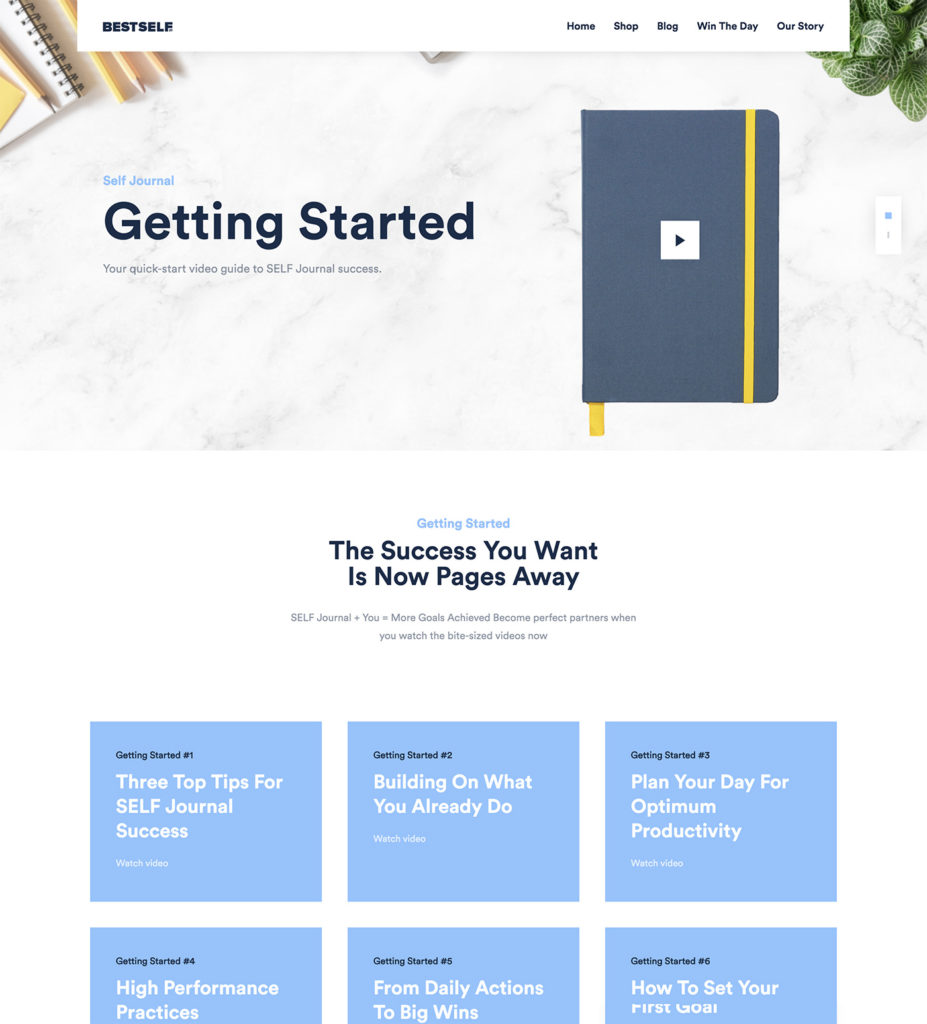
Community
Built up a community of people who are trying to achieve their goals through the SELF Journal. It is an extremely engaged community and has become an incredible resource for us for customer interactions, feedback, and ideas for future products.
It is currently at over 31,000 members!
ACT III – Reflective
The reflective part of the journey came from a culmination of the steps we took during visceral and behavioral stages that left people feeling generally delighted and knowing what they needed to do next.
It appealed to their self-image of feeling motivated as they were working towards something bigger. To motivate people further we worked to create engaging challenges to keep them accountable and moving forward.
Challenges
We knew how important it was to have our customers create a habit of completing the journal each day, so we created a challenge to encourage them.
The challenge became essentially like a rebate system, and if they used the product every day for 30 days, we would give them a $10 Amazon gift card.
To be eligible, they would take a picture of their journal and either tag us on social media or put it in the group.
Outcome:
- Incredible group engagement
- Incentivized habit creation
- TONS of user-generated content for us
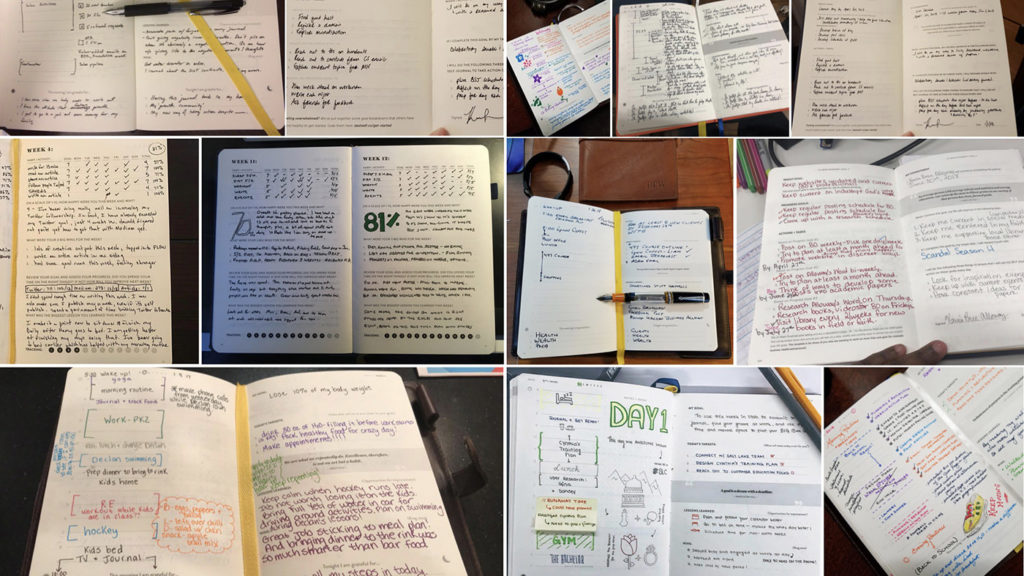
Physical Vs Digital — Bridging the gap
If you sell digital products or intangible services, consider how you can create a physical connection with an otherwise intangible product.
People’s perception of value is much greater when they have something in their hands that they can hold.
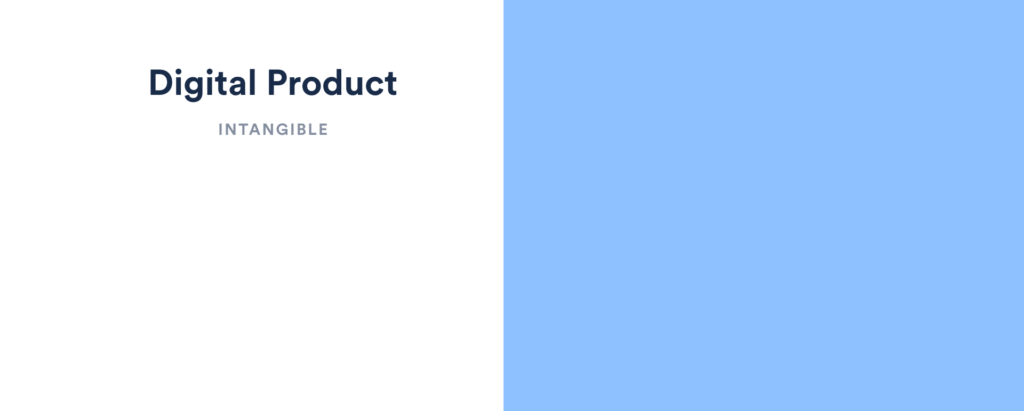
A great example of someone doing this well was Appsumo. A few years ago I bought an online course from them in 2013, and about a week after my purchase, I received a small Moleskine notebook in the mail.
It was simple, yet incredible and memorable — and cost them less than $10.
They created a physical connection to an otherwise intangible digital product and in doing so engaged me after the sale.
Now’s the time to take action. You know the different elements that make up an experience — now you need to take the knowledge and craft it into your journey.
Questions to provoke thought:
- How can you build anticipation before your product/service is delivered?
- How do you want the person to feel buying/opening it?
- How do you create an experience to remember?
- What does the initial visceral reaction look like?
- For physical products, can you tell a story through the packaging?
- For digital products, is there a way to bridge the gap between digital and physical to give customers a tangible feeling?
- What does success look like with your product and how can you ensure that happens?
- Does your customer know what the success of your product or service looks like?
- What are fun ways to drive engagement?
How to Create Your Own Product Experience
Creating an experience for your customers will produce great results because it will separate you from your competition, promote customer loyalty, and solidify your brand.
My recommendation:
- Storyboard your existing customer journey
- Categorize the journey into visceral, behavioral, and reflective
- Spot the gaps of where you’re not taking advantage of the opportunity to stand out.
When you do, share the results with me. I’d love to see how a few small tweaks affect your business.
Comment below with some people or companies you’ve had an incredible experience with, I’m looking for more examples for the case study I’m working on.
Become a subscriber receive the latest updates in your inbox.

